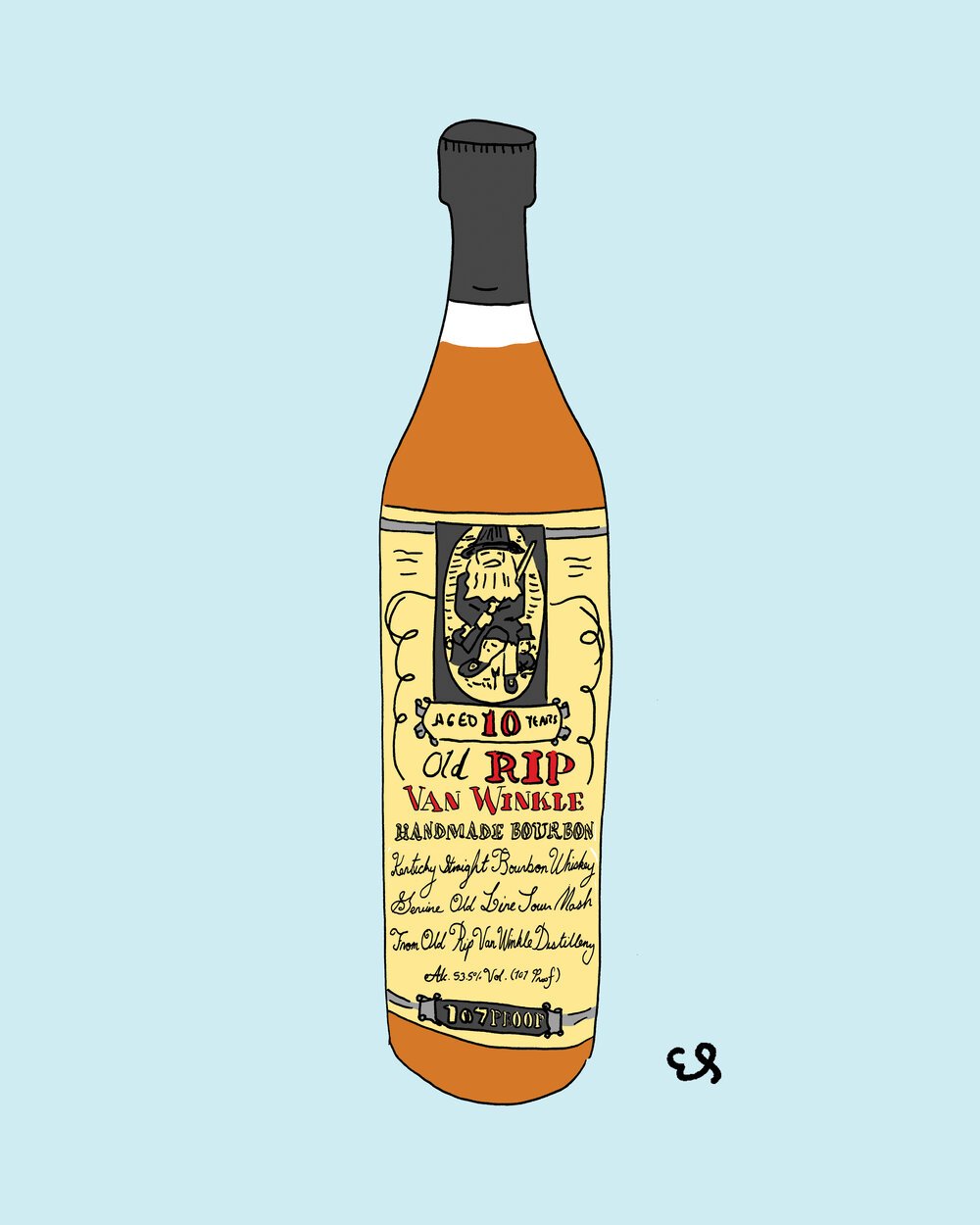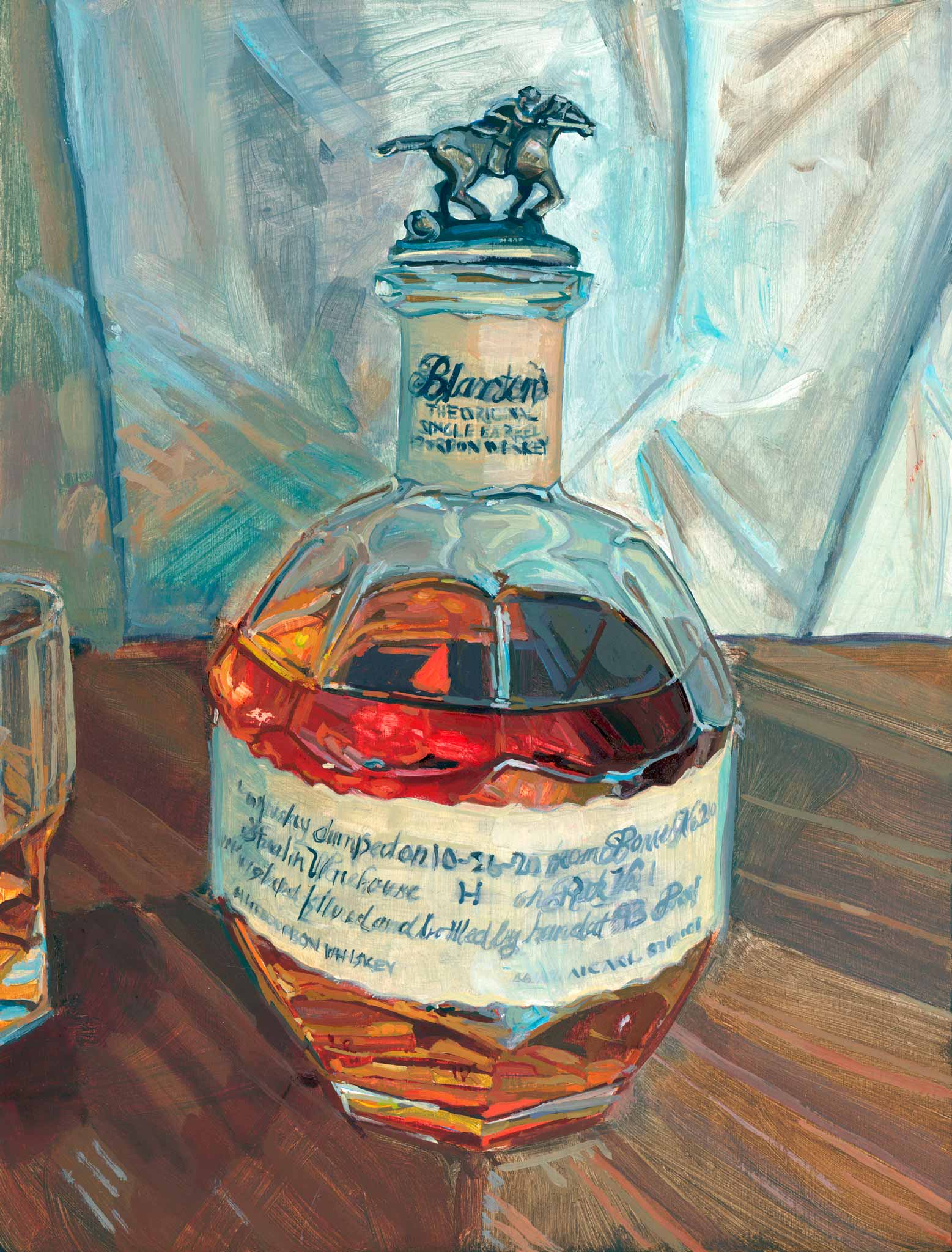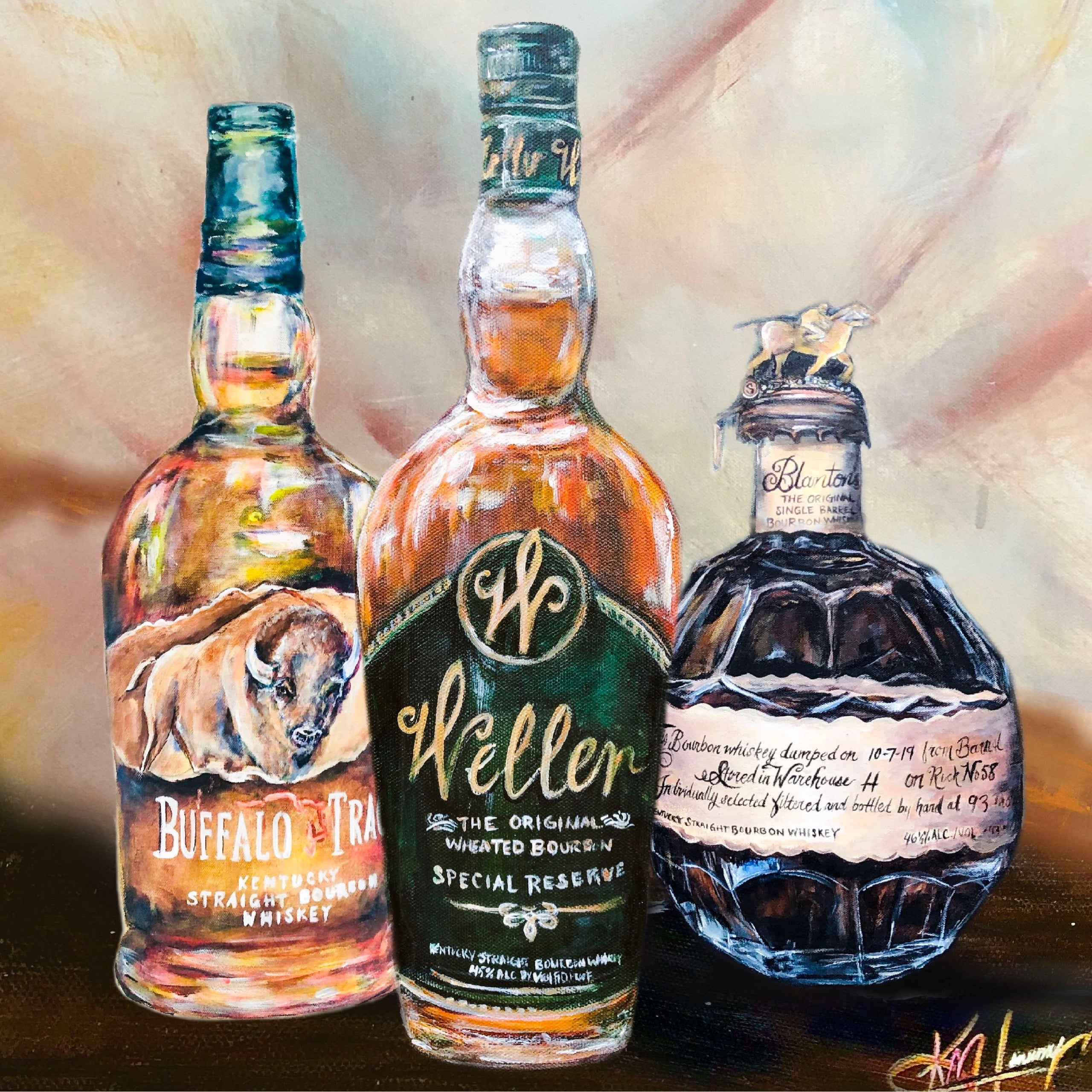The Relevance of Whiskey Art in Celebrating Heritage and Craftsmanship in the Beverage Sector
The detailed connection between scotch art and the party of heritage and workmanship within the drink sector can not be overstated. Via thoughtfully created containers and tags, whiskey brands encapsulate their historic origins and the artisanal skills that define their manufacturing techniques. This artistic measurement not just boosts market allure yet additionally works as a channel for cultural storytelling, cultivating a much deeper connection between the customer and the craft. As we explore the different elements of this topic, interesting inquiries about the influence of modern-day patterns on conventional methods occur, prompting more evaluation.
The Historic Roots of Whiskey
At the heart of scotch's allure lies an abundant tapestry of historical origins that map back to old human beings. The beginnings of scotch can be connected to the purification techniques of the Sumerians and Babylonians around 2000 BCE, where early types of fermented grain beverages started to emerge. It was in the Middle Ages that the art of distillation progressed substantially, specifically in Ireland and Scotland, leading to the development of scotch as we recognize it today.
The term "bourbon" itself originates from the Gaelic word "uisce beatha," suggesting "water of life." This expression highlights the cultural importance of bourbon in Celtic cultures, where it was typically associated with routines, celebrations, and public bonding. By the 15th century, distillation became a recognized craft within reclusive areas, leading the way for the facility of lawful distilleries.
As profession routes broadened, scotch's appeal expanded, going beyond regional limits and catching the passion of connoisseurs worldwide. Realism Art. This historic journey reflects not just the workmanship behind whiskey production but also its important function in social and cultural contexts, noting it as a significant beverage throughout history
Artistic Expression in Branding
Whiskey branding stands as an engaging intersection of artistry and commerce, where aesthetic identity plays an important function fit customer perception. The aesthetic appeals of bourbon labels, product packaging, and advertising and marketing materials mirror not just the brand name's story yet also its core values and heritage. With artistic expression, distilleries share a story that reverberates with customers, evoking feelings and stimulating connections.
The use of shade, typography, and imagery in branding serves to distinguish items in a saturated market. Conventional themes may evoke a feeling of credibility and workmanship, while modern-day layouts can represent development and forward-thinking. This critical imaginative instructions enhances brand name acknowledgment and commitment, permitting consumers to create an individual relationship with the whiskey they select.
Additionally, imaginative expression in branding often acts as a celebration of regional heritage. Distilleries frequently include neighborhood icons or historical references right into their layouts, developing a local color that welcomes customers to take part in a broader cultural experience. Inevitably, the virtuosity behind bourbon branding not just boosts aesthetic charm yet likewise improves the general narrative of the brand name, cultivating a deeper admiration for the craftsmanship and heritage ingrained in each bottle.
Workmanship in Container Layout
The virtuosity evident in whiskey branding prolongs past aesthetic identity to encompass the craftsmanship associated with container style. Each container works as a vessel not simply for the spirit within, but additionally for the story it outlines its origin, tradition, and quality. The style procedure needs careful interest to detail, as elements such as shape, product, and closure contribute considerably to the general perception of the whiskey.
Workmanship in container layout includes choosing premium glass that can boost the whiskey's shade and clearness, while also supplying a responsive experience for the consumer. The silhouette of the bottle should be both practical and visually enticing, often mirroring the heritage of the brand name. Several distilleries choose read here for special shapes or embossed logo designs that stimulate a sense of authenticity and background.
Moreover, the label style and typography play an essential duty in communicating the brand's story. Bourbon Art. A well-crafted bottle not just captivates the consumer's eye but additionally enhances the brand name's dedication to quality and tradition. In this way, the workmanship of bottle design comes to be webpage a vital element of the bourbon experience, combining virtuosity with a profound regard for heritage
Social Significance of Bourbon Art
Celebrating custom and craftsmanship, the cultural importance of whiskey art goes beyond simple visual appeals, linking with the social and historical narratives of the areas from which it stems. Each bottle offers as a canvas, showing the one-of-a-kind stories, mythology, and customs that have shaped neighborhood whiskey-making methods. The elaborate layouts commonly show the heritage of the distillers, integrating signs and motifs that reverberate with the society and values of their areas.

On top of that, whiskey art plays a vital role in communal celebrations and parties, serving as a substantial web link between people and their shared experiences. By appreciating the creativity in bourbon product packaging, consumers grow a much deeper understanding and respect for the craft, eventually improving their pleasure of the drink itself.
Modern Trends in Scotch Discussion
Over the last few years, the presentation of whiskey has actually developed to show modern preferences and trends while still recognizing conventional workmanship - Limited news Edition. Distilleries are increasingly concentrating on aesthetic elements that boost the total drinking experience, linking the gap in between heritage and modernity
Cutting-edge bottle designs have arised, usually including lasting materials and artistic tags that tell engaging stories. Lots of brands currently collaborate with local artists, infusing their items with one-of-a-kind aesthetic expressions that resonate with customers. Additionally, limited-edition launches are commonly packaged in collectible containers, adding value and allure for lovers.

Verdict
To conclude, bourbon art acts as a crucial avenue for sharing the heritage and craftsmanship fundamental in the beverage market. With intricate branding, innovative bottle designs, and culturally substantial imaginative elements, scotch brand names properly honor their traditions and connect with consumers. This artistic story not just elevates the recognition of scotch yet likewise enhances community identification and pride among producers. Ultimately, scotch art plays a vital function in preserving and celebrating the rich social tapestry of whiskey-making.


Workmanship in container layout includes choosing high-grade glass that can boost the whiskey's shade and clearness, while likewise providing a responsive experience for the customer. In this way, the workmanship of container design becomes an important element of the whiskey experience, combining creativity with a profound regard for heritage.
In conclusion, bourbon art offers as a vital channel for sharing the heritage and craftsmanship integral in the beverage market.